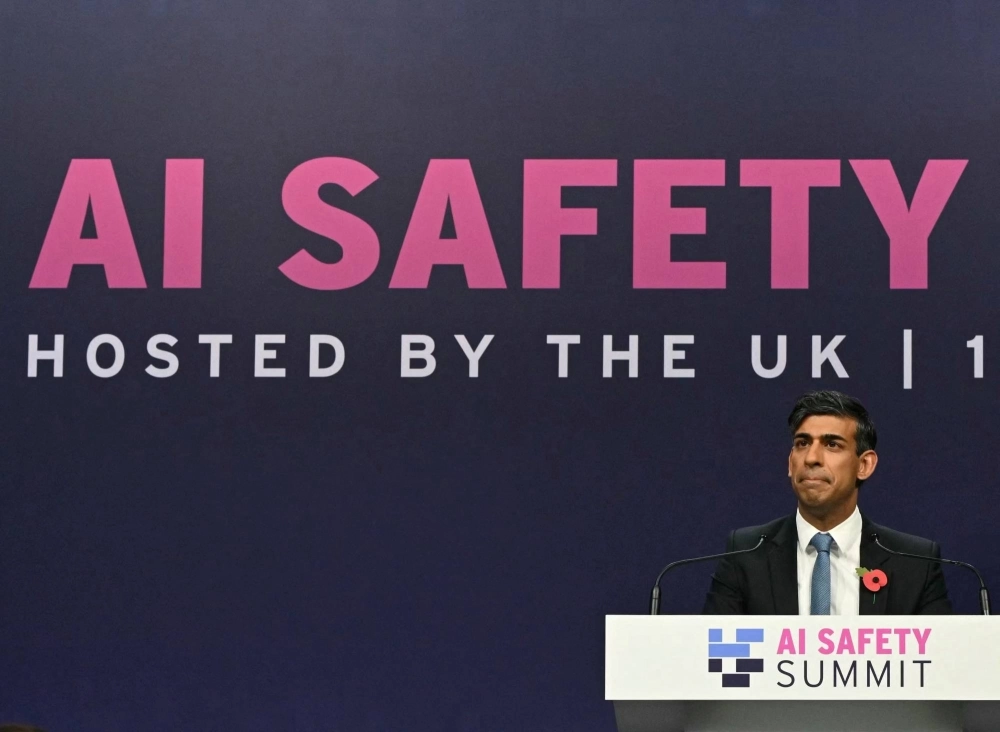This column is not as wonky or theoretical as it seems. I promise.
Central to the practice of foreign policy is signaling. Allies and adversaries have to not only know what a government is doing, but they must understand why an action is being taken (or not). Absent a clear picture of intent, a gesture to indicate prudence (by, say, evacuating civilians when a situation heats up) might look like a step toward war; restraint (by, say, not deploying mobile weapons when a situation heats up) could be taken as abandonment.
There are a whole host of problems associated with efforts to convey intent. Messages can be lost or obscured, they can be subject to multiple interpretations or they might not be believed. There is a long list of reasons — practical, political, historical, cultural, psychological — why signals might be ignored or dismissed.



















With your current subscription plan you can comment on stories. However, before writing your first comment, please create a display name in the Profile section of your subscriber account page.